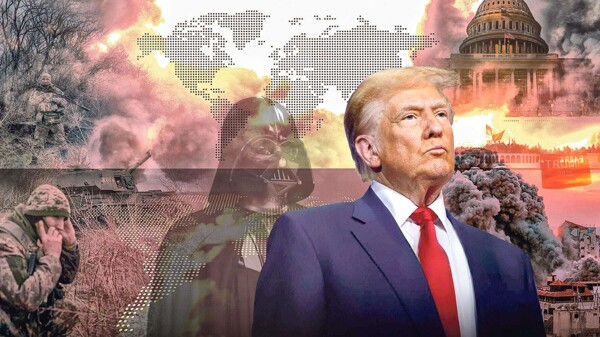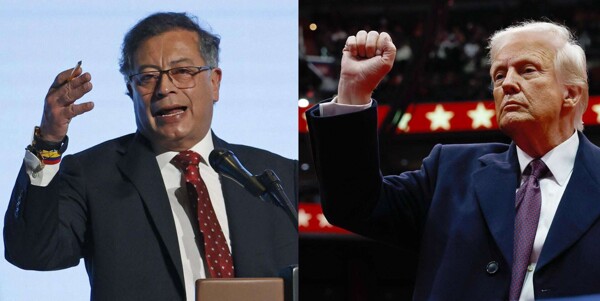
The deactivation of the Spanish page of the White House has highlighted the exclusion of a significant Spanish-speaking community that was considered in its native language during the previous administration. This decision, made one day after Donald Trump's inauguration for his second term, responds to an executive instruction and reflects a conscious and planned alteration.
The intentional change to eliminate the Spanish presence on the White House website and digital social media is part of the national vision of the 47th president of the United States, who presents himself as a leader that will rescue the nation and combat "decline," with strict policies on migration and diversity. This move comes at a time of high tension in immigration policies, where a hardening of the southern border and mass deportations are promised.
Despite these actions, Trump has managed to increase his support among Hispanic voters, reaching a 48% preference according to recent polls. The elimination of these Spanish platforms reflects the government's attitudes toward diversity and social inequalities, showing an exclusion of certain groups and languages.
The removal of the Spanish presence from the White House reflects President Trump's actions during his first term when the Spanish section of WhiteHouse.gov was eliminated. This move is presented as part of the changes announced in his inauguration speech, reflecting the "top-down" change according to the theory of sociolinguist William Labov.
The impact of this decision affects a large number of the American population, leaving out 18.9% of citizens who identify ethnically as Hispanic. The exclusion of languages reflects the cultural and social dynamics of society, showing a lack of recognition of diversity. The action of eliminating these Spanish platforms validates the identity of the communities that coexist in the country.
In linguistic terms, there are changes occurring "from above," such as the decision to remove the Spanish page of the White House, consciously introduced by the upper classes, reflecting dynamics of power and exclusion. Meanwhile, "from below" changes are more unconscious and arise from the working classes, indicating movements that start from the base and extend to other social classes.













